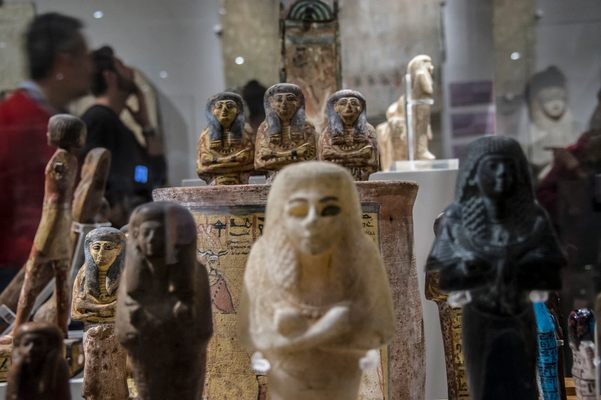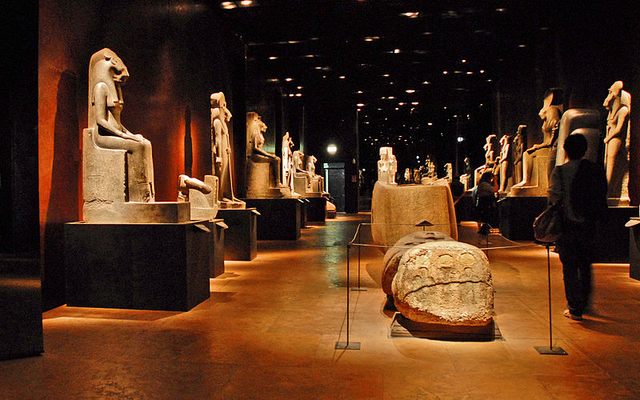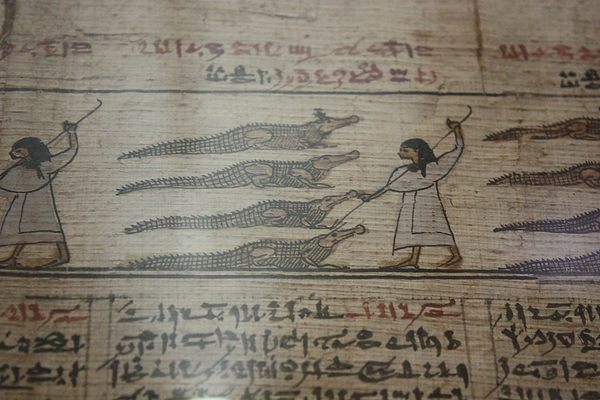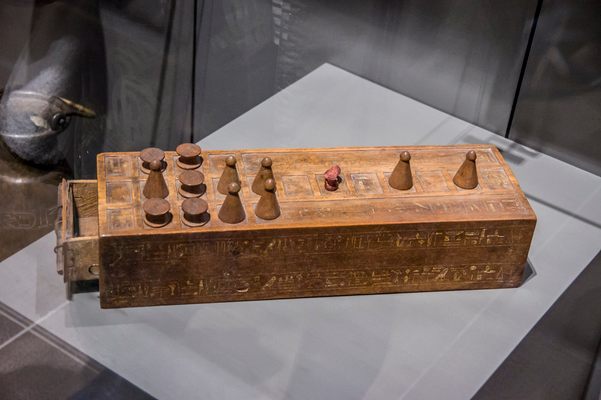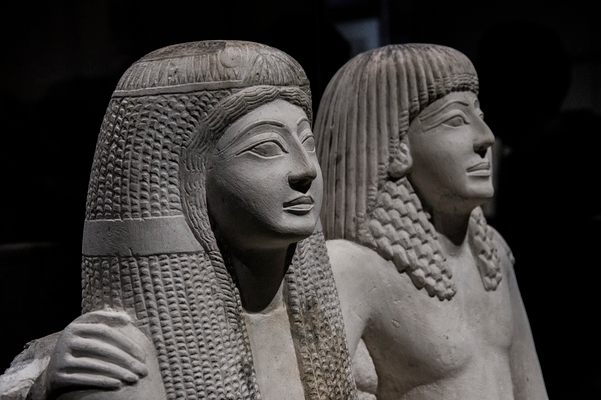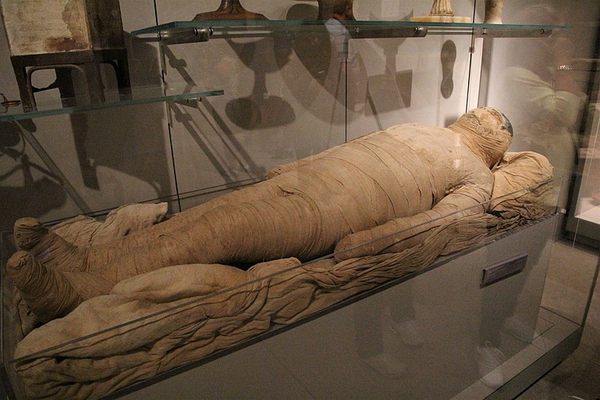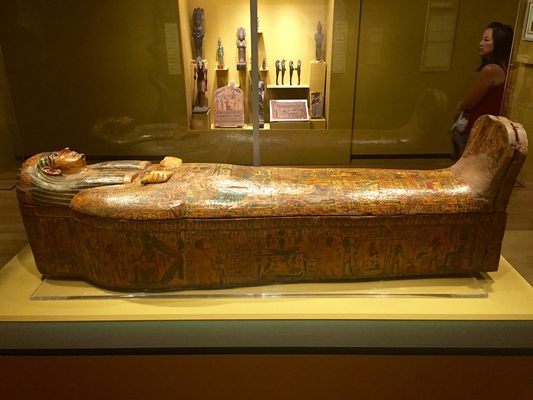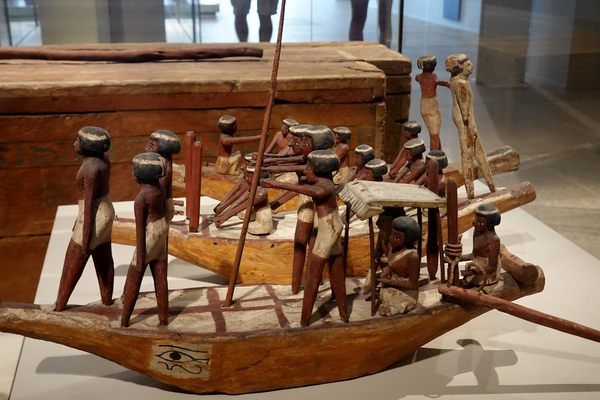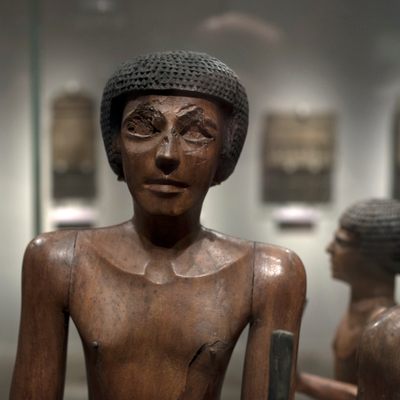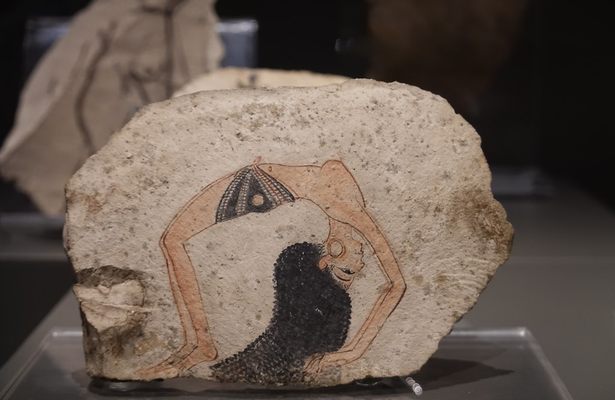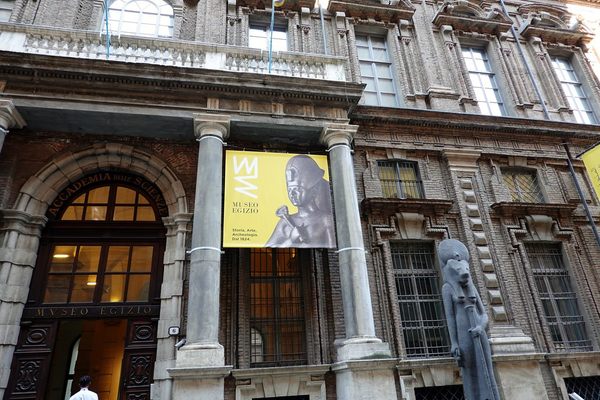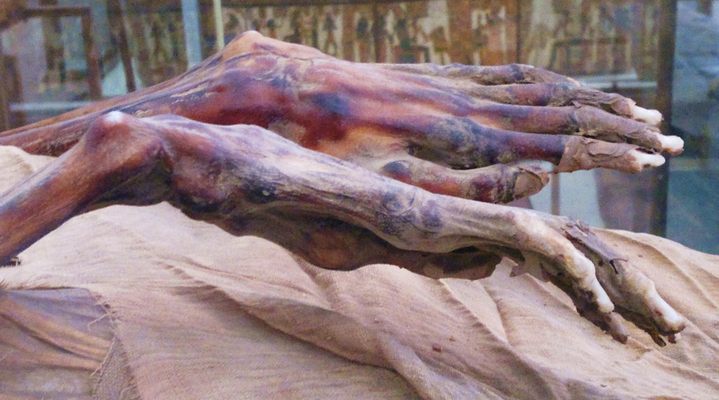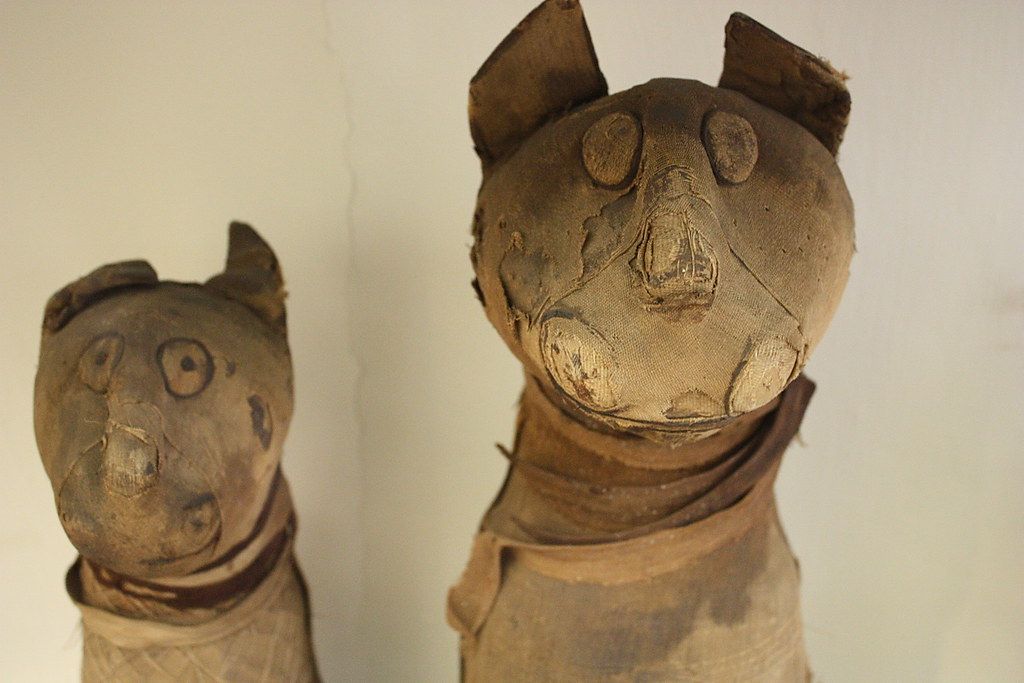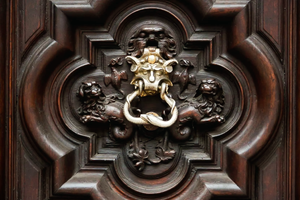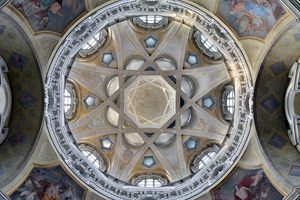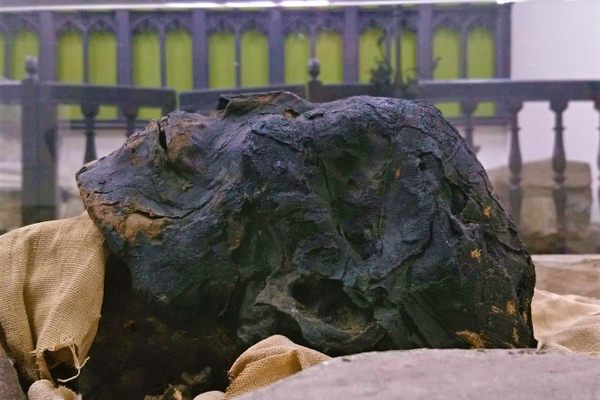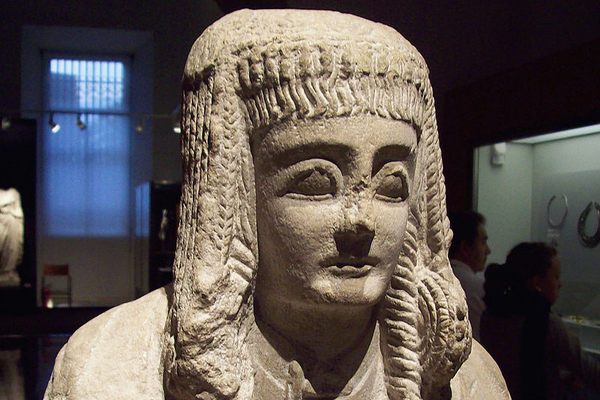About
A towering pair of statues of the ferocious-looking lion-headed goddess Sekhmet stand at the entrance of the Egyptian Museum of Turin. The imposing statues seem to be both guarding and inviting the visitor to explore the archeological treasures within.
The Egyptian Museum of Turin is one of the oldest collections of Ancient Egyptian artifacts in the world. It dates back to the 1750s, when King Emanuelle III instructed and funded the expedition of the famed Italian botanist Vitaliano Donati. The expedition returned from Egypt with 300 artifacts from the Karnak temple complex.
The collection grew with additional expeditions over the centuries and today it contains well over 30,000 artifacts. The collection on display represents all periods and dynasties of Egyptian civilization from the neolithic to the pre-dynastic period, from the Old Kingdom to the Middle Kingdom, from the Ptolemaic to Roman rule.
Huge galleries are filled with gigantic marble statues and smaller votive statuettes in gold, bronze, and basalt. They depict numerous gods and goddesses of the Egyptian pantheon such as Sekhmet, Ptah, Amen-Ra, Anubis, Horus, Bastet, and Tawaret. Here too can be seen sculptures and stelae of the mighty Pharaohs such as Horemheb, Ramesses, and Seti and the powerful military and priestly elite class.
Just as interesting and impressive—and perhaps even more moving—are the smaller artifacts on display that offer glimpses of the everyday life of ordinary people in Ancient Egypt. These include sandals, pottery shards decorated with erotic images, musical instruments, miniature funerary models, dresses, sewing needles, children's toys, and even foods such as bread.
One of the major attractions of the museum are undoubtedly the mummified remains on display. They showcase thousands of years of diverse funerary rites practiced by Ancient Egyptian civilization. Mummies include examples of the unbandaged dead of Pre-Dynastic Egypt (preserved as a result of the arid desert environment), the iconic linen bandaged mummies of the Old Kingdom, and the cartonnage masked mummies of the Middle and New Kingdom periods.
It isn't just human mummies that can be seen at the museum though and here too are some very curious examples of animal mummies on display including cats, falcons, bulls, ibis, baboons, crocodiles, and even fish.
Related Tags
Know Before You Go
The museum is open on Mondays from 9 a.m. to 2 p.m. and every other day from 9 a.m. to 6:30 p.m.
The entrance fee to the museum costs €12.
Flavors of Italy: Roman Carbonara, Florentine Steak & Venetian Cocktails
Savor local cuisine across Rome, Florence & Venice.
Book NowCommunity Contributors
Added By
Published
October 13, 2021
